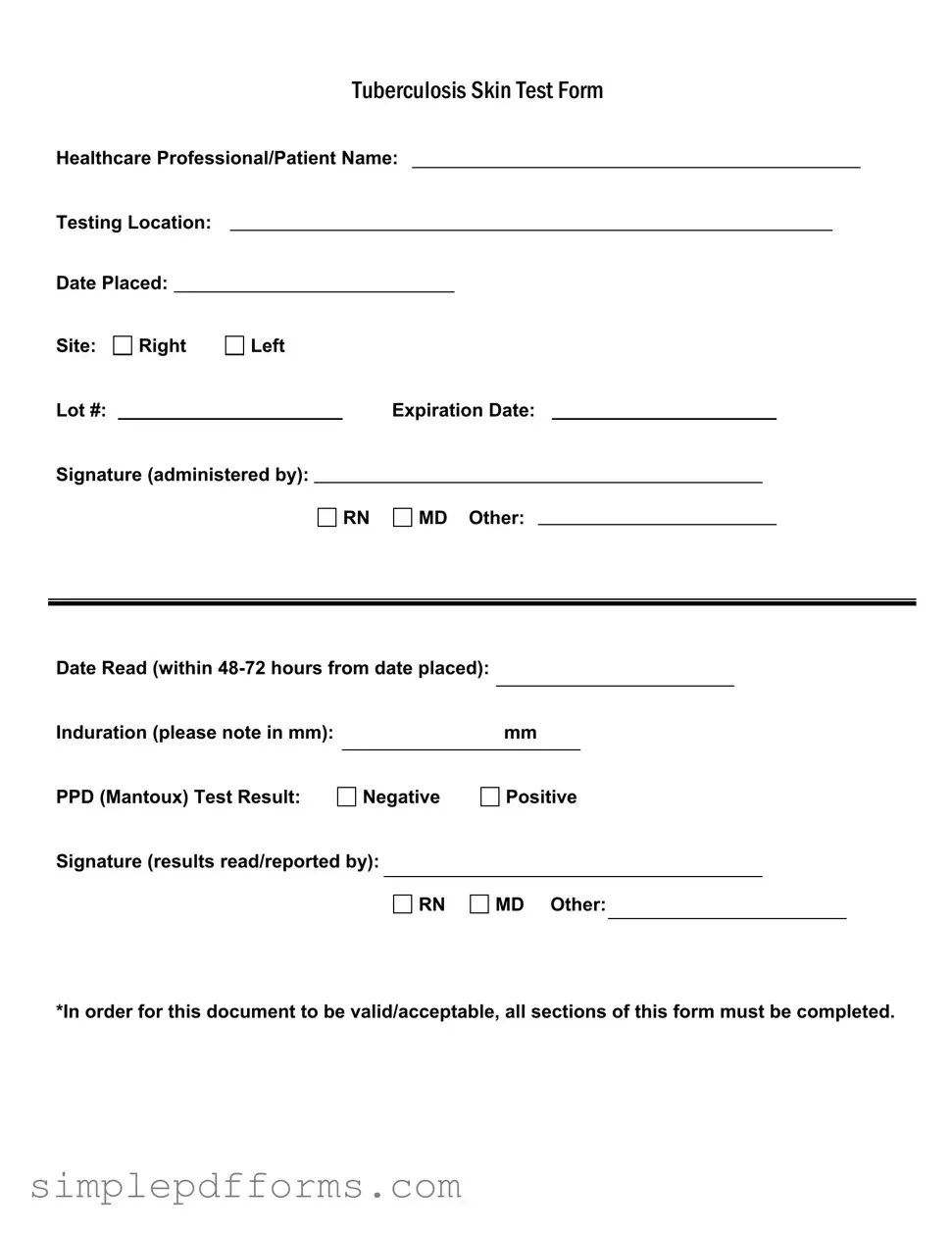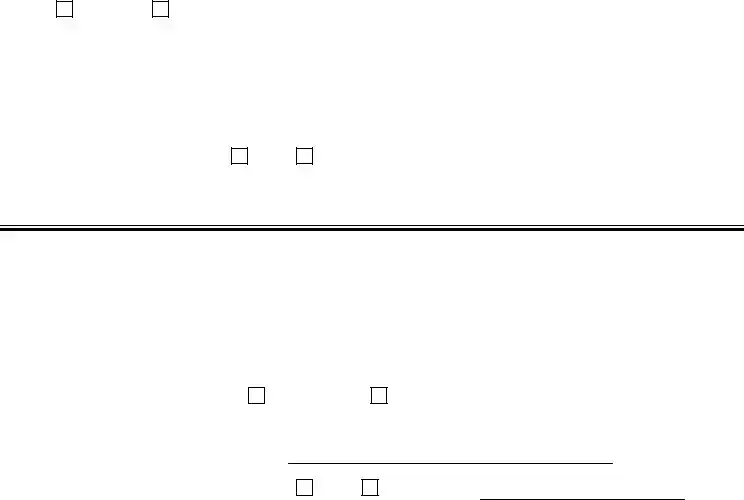Fill a Valid Tb Test Form
The Tuberculosis Skin Test Form is a crucial document used to record the administration and results of the tuberculosis (TB) skin test, commonly known as the PPD test. This form ensures that all necessary information, including patient details and test results, is accurately documented. Proper completion of this form is essential for it to be considered valid and acceptable in healthcare settings.
Open Tb Test Editor Now

